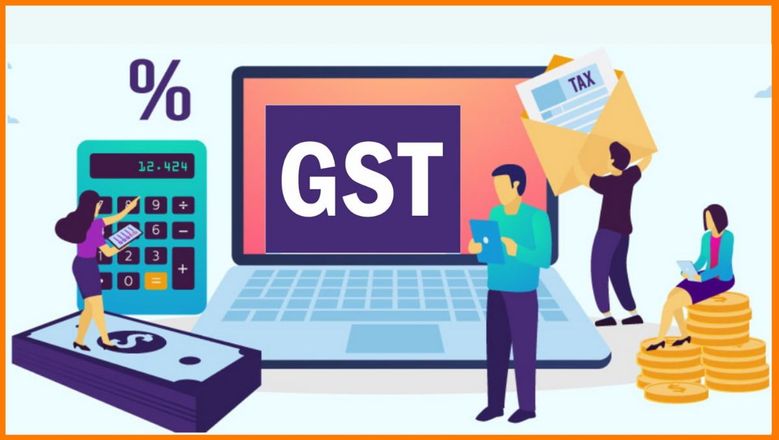GST
The Goods and Services Tax (GST) is an indirect tax levied on the supply of goods and services in India. The GST is levied at every stage of the production-distribution chain, but the final consumer pays only the tax charged by the last dealer in the distribution chain, with set-off benefits available at all the other stages. The GST was introduced as a replacement for several indirect taxes that were previously levied in India, such as Central Sales Tax, Octroi, etc.
The Goods and Services Tax (GST) is a value-added tax introduced in India on 1 July 2017. It is levied on the supply of goods and services in the territory of India. GST is levied at every stage of the production-distribution chain but is payable by the final consumer. The standard rate of GST is 18%. There are five slab rates for GST: 0%, 5%, 12%, 18%, and 28%.
Tax (GST) is an indirect tax levied on the supply of goods and services in India. It is a comprehensive tax levied on both manufacture and sale of goods and services. GST is levied at every stage of the supply chain, but the credit of input tax paid at earlier stages is available in the subsequent stages of the supply chain, to the extent the input tax is used for bona fide business purposes.
The GST Council has finalized the rates of tax for different goods and services. The standard rate of GST is 18%. There are two standard rates of 12% and 18% for goods. The Goods and Services Tax (GST) is a tax on the consumption of goods and services.
It is levied at all stages of the supply chain, from production to final consumption, with credits being available for the tax paid on inputs. It is based on the principle of value-added tax. GST is a destination-based tax, which means that it is charged on all supplies of goods and services made in the course of business, except those that are exempt.
Goods and Services Tax (GST) is an indirect tax levied on the supply of goods and services in India. It is a comprehensive tax that replaces all the indirect taxes levied on goods and services by the Central and State governments. GST is levied at every stage of the supply chain, from manufacture to sale or use.
There are three types of GST in India: Central GST (CGST), State GST (SGST), and Integrated GST (IGST). CGST and SGST are levied by the Central and State governments, respectively.
- The first type is called the integrated GST. This type of GST is levied on the supply of all goods and services. It is levied by the Central government and collected by the State governments.
- The second type is called the State GST. This type of GST is levied on the supply of all goods and services within a particular State. It is levied and collected by the State governments.
- CGST is an assessment required on Intra State supplies of the two labor and products by the Central Government and will be represented by the CGST Act. SGST will likewise be demanded on a similar Intra State supply yet will be administered by the State Government.
Reference Link Services India





